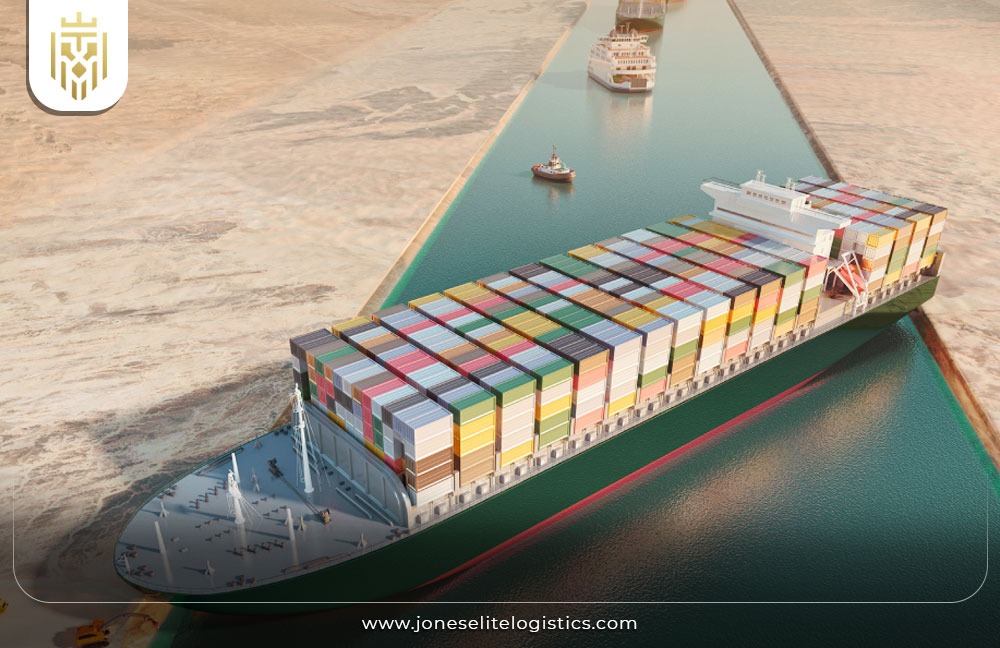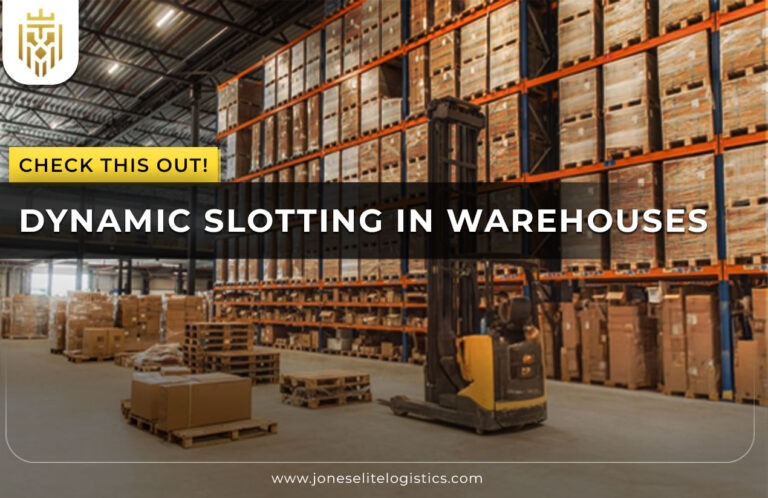What is a Bottleneck Supply Chain?
A supply chain bottleneck occurs when a process constraint slows down the overall flow of goods and services within the supply chain. This can lead to delivery delays and other related inefficiencies, affecting the entire network and causing disruptions in meeting customer demand.

Reasons For Bottleneck Supply Chain:
Supply chain bottlenecks can arise due to several factors, including capacity limits, inventory issues, and more, which cause disruptions in manufacturing and delivering goods.
Lack of Inventory Visibility:
Insufficient real-time data on inventory can cause delays and inefficiencies such as inconsistency in product stocking and lack of inventory balance, leading to supply chain bottlenecks. Without clear visibility, businesses struggle to meet customer demand and maintain smooth operations.
Capacity Limits:
Supply chain bottlenecks due to capacity limits occur when production or storage facilities cannot meet demand. This often results from labour shortages, inadequate infrastructure, or outdated equipment, causing delays and disruptions in the flow of goods.
Delay in Transportation:
Various factors such as traffic congestion due to increased vehicle volume, unfavourable weather like heavy storms and earthquakes, and customs or regulatory delays due to unexpected changes in customs rules can create supply chain bottlenecks, affecting the clearance process, delaying the timely delivery of goods and disrupting the global supply network.

Supplier Issues:
Problems with suppliers, such as communication breakdowns causing misaligned expectations over orders or geopolitical instability like trade disputes, sanctions and political conflicts, can lead to supply chain bottlenecks. These issues can disrupt the flow of materials and delay the delivery of goods, impacting the overall efficiency of supply chains.
Natural Disasters:
Unforeseen natural disasters can disrupt supply chains by damaging critical infrastructure and delaying the sourcing of materials. These disruptions create significant supply chain bottlenecks and delays in operations.
Metrics for measuring the extent of Bottlenecks Supply Chain :
Metrics such as inventory turnover and lead time are performed to help identify and assess supply chain bottlenecks, enabling companies to implement required improvements such as optimizing reorder points.
Inventory Turnover:
Inventory turnover rate is a metric generally implemented to calculate the extent to which inventory is sold and replaced, indicating potential supply chain bottlenecks in stock management and revealing where improvements are needed.

Order Cycle Time:
Order cycle time is the time calculated for an order’s movement between processes, such as from order placement to fulfilment, which can reveal supply chain bottlenecks in specific stages like production rate transparency, production modifications, lead time adjustments, and push for continuous improvement.
Lead Time:
Lead time is the overall entity, under which order cycle time falls as a part. The time from order placement to delivery includes receiving raw materials, production, and shipping handoff, highlighting potential supply chain bottlenecks in the overall supply chain that may affect overall efficiency.
Order Fulfilment Rates:
This metric indicates the percentage of orders delivered on time, reflecting the efficiency of the supply chain and any supply chain disruptions that may be slowing down delivery operations.
Challenges caused by Bottleneck Supply Chain Bottlenecks:
Supply chain bottlenecks can lead to various challenges such as delivery delays and customer dissatisfaction, which can negatively impact the company’s overall growth.
Delay in Delivery:
Supply chain bottlenecks such as demand volatility, changes in import/export regulations, and lack of contingency plans often result in delayed deliveries and disrupt the operational flow.
Customer Dissatisfaction:
Delays and errors in the duration of delivering goods caused by supply chain bottlenecks such as inaccurate demand forecasting pushing causing missed orders and prolonged transit times lead to increased customer dissatisfaction, potentially damaging a company’s reputation.
Chain Disruptions:
Bottlenecks such as manufacturing errors, information security threats, and issues in shipping damages can cause significant supply chain disruptions both internally and externally, affecting multiple processes and stakeholders, leading to broader supply chain disruptions.
Financial Impact:
Supply chain bottlenecks can increase operational costs and reduce revenue, negatively impacting the financial health of a business and its ability to meet customer demand.
FAQs
1) What is a Bottleneck in the Supply Chain?
A supply chain bottleneck occurs when a process constraint slows down the overall flow of goods and services within the supply chain. This can lead to delays and inefficiencies, affecting the entire network and causing disruptions in meeting customer demand.
2) What are the metrics for measuring Bottlenecks in the Supply Chain?
The metrics that help identify and assess areas of constraint within the supply chain include: inventory turnover, order cycle time, lead time, and order fulfilment rates.
3) What are the challenges caused by Bottlenecks in the Supply Chain?
Supply chain bottlenecks can lead to various challenges, disrupting supply chain efficiency and customer satisfaction, and they are delay in delivery, customer dissatisfaction, chain disruptions, and financial impact.
4) What are the reasons for Bottlenecks in the Supply Chain?
Bottlenecks in the supply chain occur due to various reasons, and they include: lack of inventory visibility, capacity limits, delay in transportation, supplier issues, and natural disasters.









